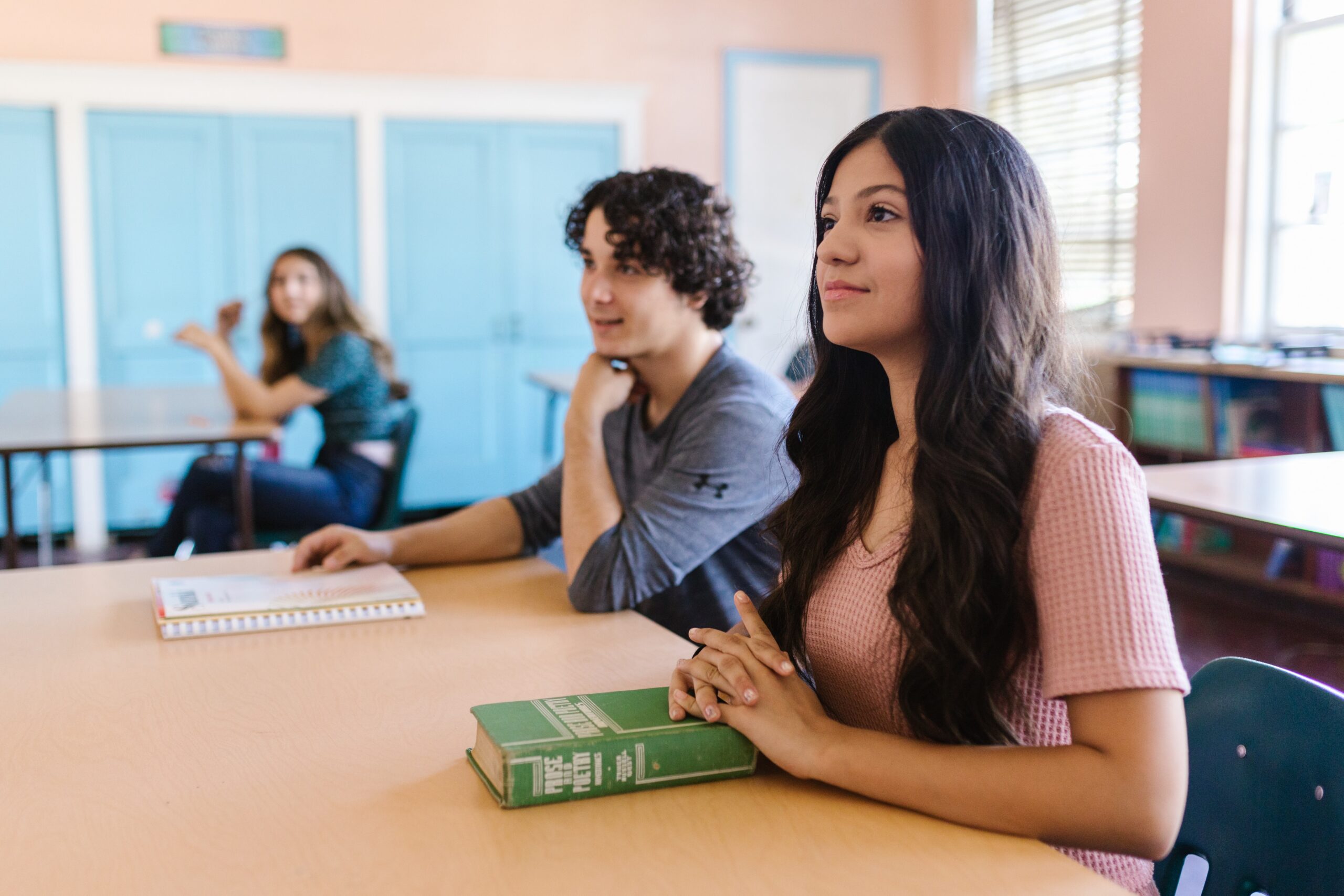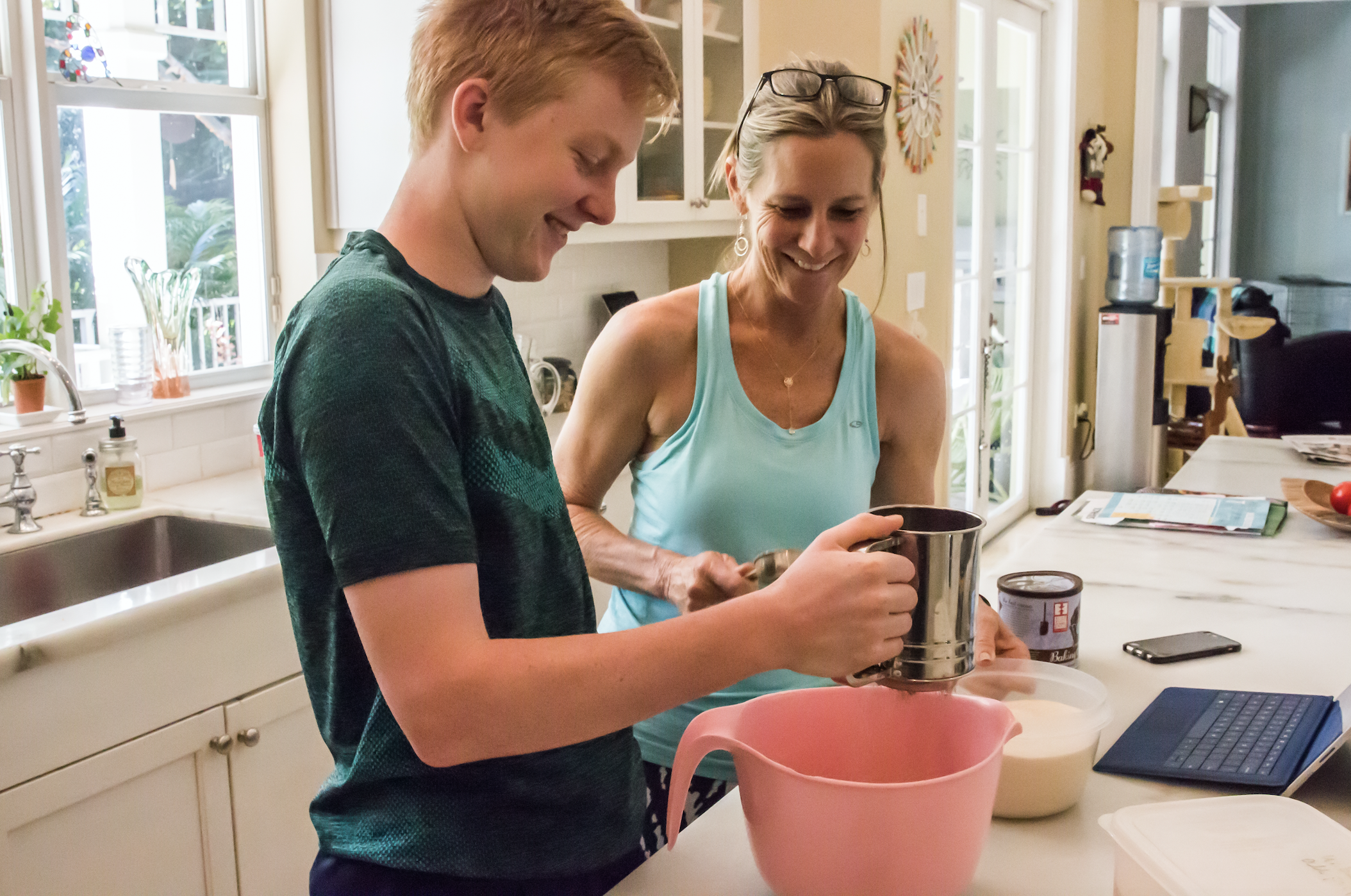
Four Huge Mistakes Schools Have Made Over the Years
I sat in a well-lit room, full of colorful posters on the walls. Twelve people from four generations sat in a circle. Our goal was to discuss how our world had changed over the decades and if we felt those changes made us better or worse. You can imagine our discussion was as colorful as the posters on the walls.
It got especially animated when the topic of education surfaced.
Those from the Silent Generation (1929-1945) spoke of the freedom they enjoyed as kids, even though their instructors led like drill sergeants and gave tough assignments. Most of their days were free to explore, to play pick up baseball games or work part-time at 13 years old. The Baby Boomers (1946-1964) also spoke of the freedom to ride their bikes to shopping malls, to date on their own, and to stay out until dark when mom rang the bell to call them home. As folks from Generation X (1965-1982) chimed in, we all noticed the K-12 experience had become more controlled. Less freedom, more structure. When the Millennials (1983-2000) weighed in, they knew nothing of the world the Silent Generation or Baby Boomers described.

Four Errors Schools Made
As I listened, it became clear to me that the evolution of public education was both intentional and accidental. The more adults created systems to control a child’s developmental process, the less those kids matured. Better grades didn’t always translate into better people. Academic success does not equal maturation. Nor does it translate into career readiness. The discussion sparked conclusions about four unwitting errors we made and what to do about them.
1. We organized
Over the last century, families have had fewer children, giving parents a better chance to oversee, organize, and structure their days. Today’s children have become used to adults organizing nearly every aspect of their lives, from school schedules to after-school activities. Few students practice metacognition, where they resolve issues on their own. Ironically, as they enter adolescence, their smartphones condition them to be autonomous, yet they remain dependent on adults in regard to life skills. Daily life continues to be scheduled for them. Instead of letting them experience the consequences of poor decisions, we rescue our kids from them. It’s less messy, and we avoid confrontation and litigation. While I recognize that this is a common short-term solution, it has damaging, long-term effects. An increasing number of college students look to adult authorities to ensure they feel safe, including preventing speeches that are controversial or requesting safe spaces with puppies when they feel stressed out.
2. We supervised
We not only determined to prepare the path for the child (instead of the child for the path), but we also determined to preside over that path as well. Parents, teachers, coaches, tutors, trainers, and guidance counselors have managed and regulated students’ progress to ensure they stay on track and get ahead if possible. Today’s young people are the most supervised generation in American history. We mean well when we do it, but it’s having an adverse effect. When present, kids defer to and depend on adults to resolve conflict, solve problems, and resource them when they lack something. In their book, The Coddling of the American Mind, Greg Lukianoff and Jonathan Haidt offer insight into students today from a social science point of view. Parents and schools have removed many of the traditional risks that kids experienced in the past all in the name of safety. The unintended consequence for millions of kids is that they have become risk-averse. If the members of Gen Z have been risk-deprived and are therefore more risk-averse, it is likely that they have a lower bar for what they see as daunting or threatening. They will see more ordinary life tasks as beyond their ability to handle without help from an adult. It should not shock us if anxiety and depression rates begin rising rapidly as they arrive on college campuses. That is exactly what’s been happening.
3. We standardized
Because we as adults have seized such control over our youngest population, we soon found ways to categorize and standardize nearly everything. And we naturally evaluate everything too. Unfortunately, our cookie cutter “report card” for success has fostered workarounds. As they grow up, students learn to play the game in terms of academics, social media, and after school activities. They find shortcuts to reach their goals, enabling them to earn a prize without actually doing the work or understanding the concept. Many admit school is not about learning but about getting a grade. Their smartphones have conditioned them to be smart “hackers” along the way. Sadly, for millions of teens, the goal isn’t to learn or to grow; it’s simply to get a reward. It is typical for teen students to raise their hands in class to ask, “Is this going to be on the test?” Or “Will we need to know this later?” Or “What do I need to do to get a B?” In any case, these questions reveal it’s not about learning but about scoring.
4. We monetized
This is ultimately the most sinister decision of all. We found ways to generate revenue by teaching to the test to get the funding we needed for our schools. It didn’t start this way. Initially, No Child Left Behind and Race to the Top were intended to be great programs to reach great objectives. Soon, it became about money, and when money is our goal, we work to seize control. Several years ago, 35 teachers inside Atlanta Public Schools were found guilty of the biggest cheating scandal in American history. They adjusted students’ test scores so their school could gain more funding from the higher grades. Sadly, the students were the victims of this scandal as they progressed without learning the curriculum. However, this still happens in a subtler way, without illegal activity. Like our students, we find ways to achieve the goal without doing all the work. We love the product more than the process. When money is involved, we are incentivized to provide answers to the exams, not just questions. We learn to game the system.
Prescriptive Leadership Not Descriptive Leadership
Thanks to technology, we’ve been able to become prescriptive in our leadership so that young people are required to do very little thinking on their own. Consider this: parents have become prescriptive in their leadership, scheduling every day. Teachers have become prescriptive in their lesson plans, which teach to the test; coaches are prescriptive in their instruction for practices and games. YouTube and Netflix are prescriptive, suggesting which videos to watch next. Amazon is prescriptive, suggesting other products you might like. Employers are prescriptive in their formula to reach the numbers they need and social media apps are prescriptive in their looping format to keep you watching. Someone else does our thinking for us.
This has actually diminished our children’s maturation. When free to play on their own, they learn social and emotional cues. Anthropologists who’ve studied hunter-gatherer cultures say the leaders know their children must have time on their own to be free in order to mature socially and emotionally. I now wonder—did our control of the academic process hinder the social and emotional development of our kids?
What if we were descriptive instead of prescriptive in our leadership? By this I mean, what if we described together the best goal for each student, then let them figure out the action steps, not us. We become consultants not commanders; we are guides not gods in the classroom. I know faculty members who do this, and their students are thriving.
Practical Steps We Can Take to Correct These Errors
- Prepare students to discuss and decide on a goal, instead of you dispensing their goal.
- Instead of grading papers traditionally, communicate how many mistakes were made on a project or assignment and turn them loose to find each one.
- Encourage them to fail in their endeavors—the earlier the better—and learn from it.
- At least once daily, refuse to answer a student’s question. Instead, encourage everyone in the class to look up answers and see what they find.
- Create student pods, and have each pod teach part of the course to the others.
- Increase your experiential exams, enabling students to show and tell what they know.
- Create a disequilibrium. This is the awkward period of silence between the time a problem is clear and a solution arises. Allow for discomfort and condition them to dig.
- Reduce the number of multiple-choice exams, and encourage students to describe answers.
- Offer an exam with wrong answers on it (the very answers students have given), and let them find the right ones.
- Choose a day and let students plan the entire lesson for the class period. In fact, let them record themselves teaching it, evaluating themselves afterward.
The more we’ve committed these four errors the less our students have developed socially and emotionally. The fact is social and emotional learning takes place fastest when kids are free to learn it without adult control. Why? Because they are forced to get along to obtain what they want. They learn to listen, manage risks, resolve conflict, empathize, control impulses, and read the emotions of others as well as their own.
If you or your school is exploring social and emotional learning and want to teach it in a new fashion through images, conversations, and experiences, check out our Habitudes for Social and Emotional Learning. CLICK HERE to learn more.






